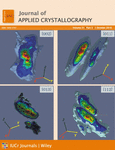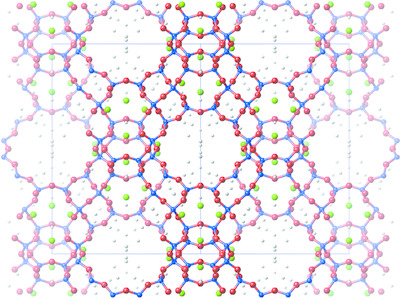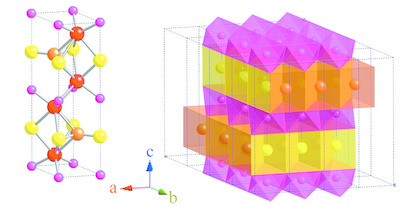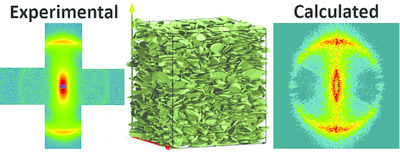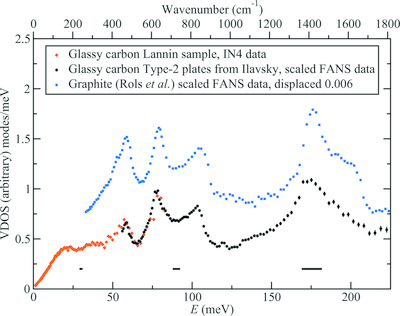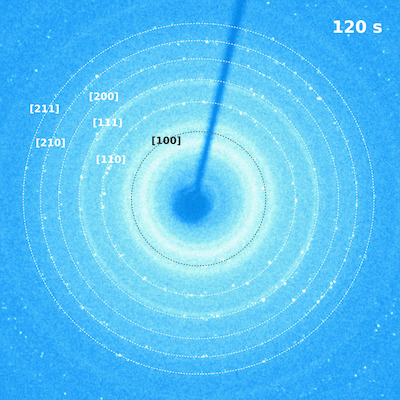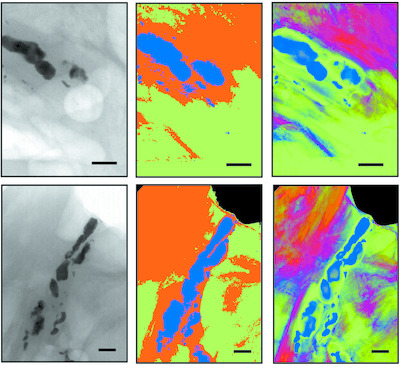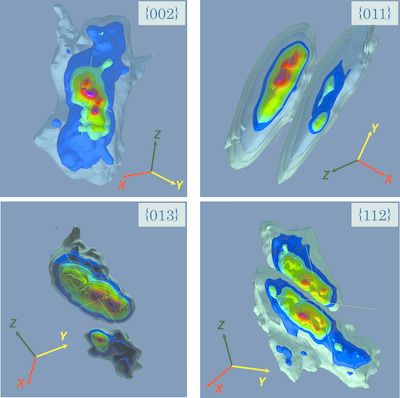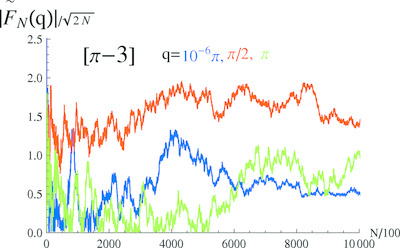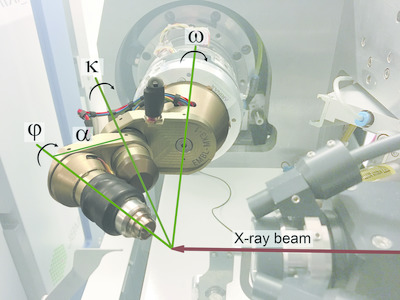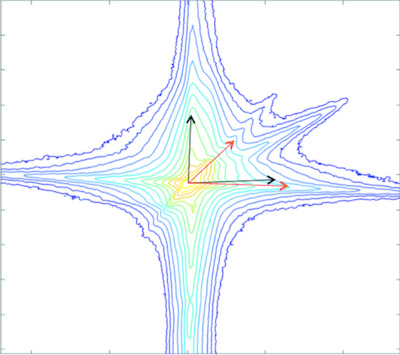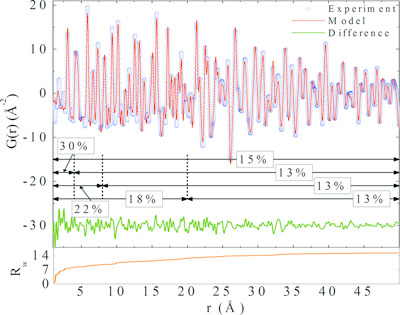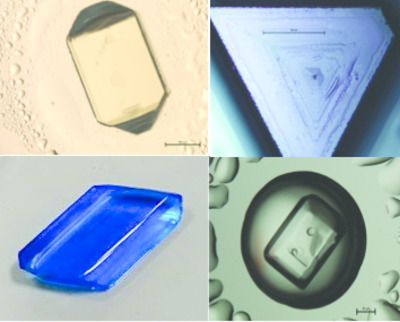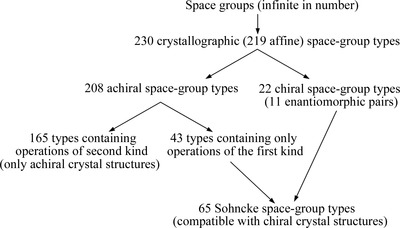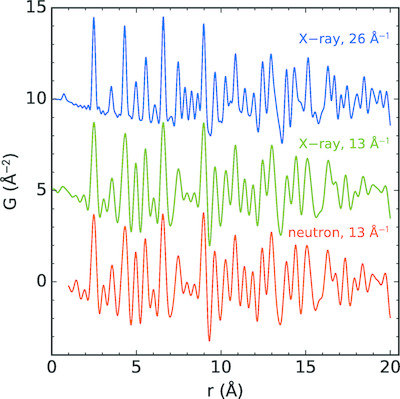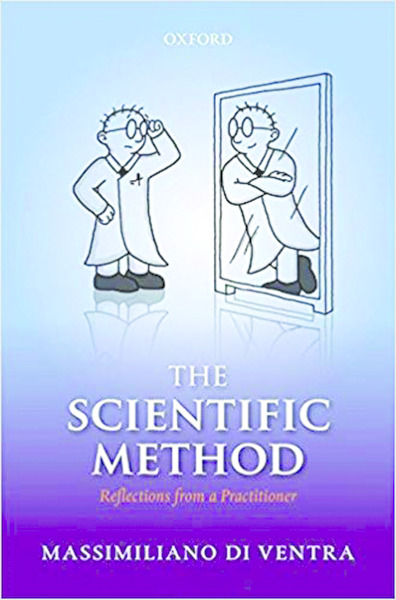Journal list menu
Export Citations
Download PDFs
research papers
Serial electron crystallography for structure determination and phase analysis of nanocrystalline materials
- Pages: 1262-1273
- First Published: 09 August 2018
Real-time study of transients during high-temperature creep of an Ni-base superalloy by far-field high-energy synchrotron X-ray diffraction
- Pages: 1274-1282
- First Published: 09 August 2018

A far-field double-crystal diffractometry technique using synchrotron X-rays was employed to record lattice parameters of an Ni-base single-crystal superalloy with a high frequency (every 7 s) during an in situ creep test. Diffraction scans reveal the presence of subgrains. This article describes this technique and the associated data processing to obtain results that open new scientific opportunities to follow crystalline materials in real time.
Local distortion and octahedral tilting in BaCexTi1−xO3 perovskite
- Pages: 1283-1294
- First Published: 24 August 2018
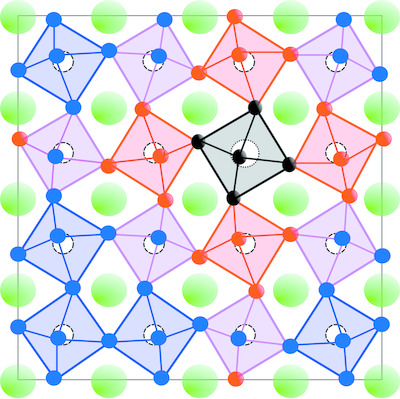
A new hypothesis for the ferroelectric relaxor behavior variation in BaTiO3 synthetic perovskite doped with Ce4+ is presented. The pair distribution function is used to explore the local structure and to propose a new local structural model consisting of oxygen octahedron tilting coupled with titanium displacements.
Data-reduction procedure for correction of geometric factors in the analysis of specular X-ray reflectivity of small samples
- Pages: 1295-1303
- First Published: 24 August 2018
Operando powder X-ray diffraction study of P2-NaxNi0.3Mn0.7O2 cathode material during electrochemical cycling
- Pages: 1304-1310
- First Published: 24 August 2018
Influence of crystal structure defects on the small-angle neutron scattering/diffraction patterns of clay-rich porous media
- Pages: 1311-1322
- First Published: 24 August 2018
Glassy carbon, NIST Standard Reference Material (SRM 3600): hydrogen content, neutron vibrational density of states and heat capacity
- Pages: 1323-1328
- First Published: 24 August 2018
X-ray measurement of triaxial residual stress on machined surfaces by the cosα method using a two-dimensional detector
- Pages: 1329-1338
- First Published: 10 September 2018
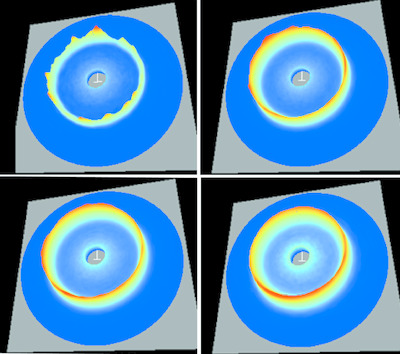
The cosα method was applied to measure triaxial residual stresses of uni-directionally machined surfaces of a carbon steel made by grinding, milling and planing. A recommended procedure for experimental measurements of in-plane normal and shear stresses and out-of-plane shear stresses is proposed, together with a new method for determination of the out-of-plane normal stress.
Time-resolved X-ray absorption spectroscopy on Al–Cu alloys – from solute copper to stable precipitates
- Pages: 1339-1351
- First Published: 10 September 2018
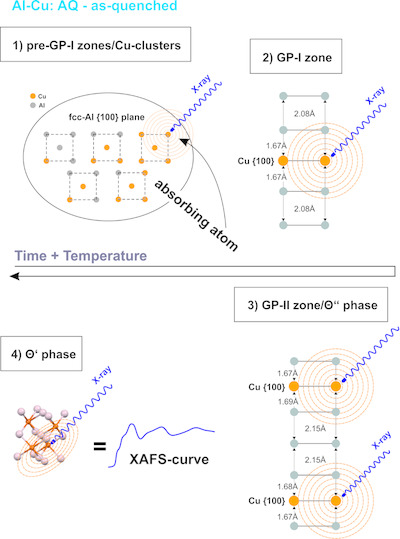
Time-resolved X-ray absorption spectroscopy provides a powerful method to investigate the very early stages and precipitation sequence of the model system Al–Cu. Small changes in the local atomic structure of the probed element can be observed and verified by X-ray absorption fine structure simulations using ab initio calculated atomic coordinates as simulation input.
A fast X-ray-diffraction-based method for the determination of crystal size distributions (FXD-CSD)
- Pages: 1352-1371
- First Published: 10 September 2018
Stacking faults in β-Ga2O3 crystals observed by X-ray topography
- Pages: 1372-1377
- First Published: 10 September 2018
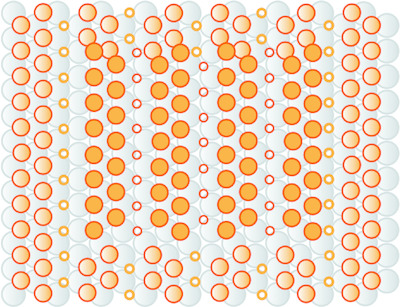
X-ray topography analysis reveals the presence of stacking faults in β-Ga2O3 wafers grown by the edge-defined film-fed growth method. These stacking faults are found to be associated with a Shockley-type partial dislocation loop on the basis of the contrast extinction rules determined by varying the value of the diffraction vector.
Model-free classification of X-ray scattering signals applied to image segmentation
- Pages: 1378-1386
- First Published: 10 September 2018
Complete structural and strain analysis of single GaAs/(In,Ga)As/GaAs core–shell–shell nanowires by means of in-plane and out-of-plane X-ray nanodiffraction
- Pages: 1387-1395
- First Published: 13 September 2018
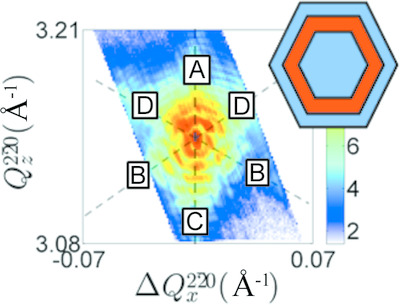
The complete structure of single GaAs/(In,Ga)As/GaAs core–shell–shell nanowire heterostructures has been determined in the as-grown geometry. This has been done by probing in-plane Bragg reflections by means of X-ray nanodiffraction using synchrotron radiation and by nanowire modelling using finite-element methods.
Probing the intrinsic and extrinsic origins of piezoelectricity in lead zirconate titanate single crystals
- Pages: 1396-1403
- First Published: 13 September 2018
On physical scattering density fluctuations of amorphous samples
- Pages: 1404-1420
- First Published: 13 September 2018
Calibration of rotation axes for multi-axis goniometers in macromolecular crystallography
- Pages: 1421-1427
- First Published: 13 September 2018
Reciprocal space mapping and strain scanning using X-ray diffraction microscopy
- Pages: 1428-1436
- First Published: 13 September 2018
Differential evolution and Markov chain Monte Carlo analyses of layer disorder in nanosheet ensembles using total scattering
- Pages: 1437-1444
- First Published: 21 September 2018
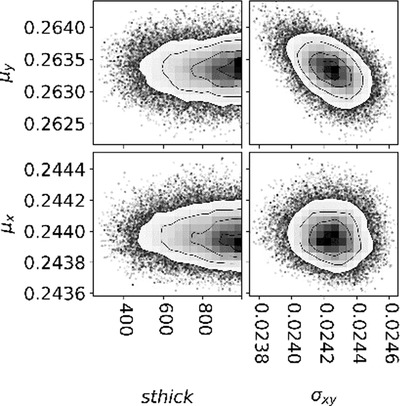
The structure of a hypothetical layer ensemble with stacking disorder is globally refined from simulated pair distribution function (PDF) data using hierarchically constrained models, highlighting the availability of interlayer atomic correlations within the PDF – information that is often non-trivial to obtain from powder diffraction data.
Nanodomains and local structure in ternary alkaline-earth hexaborides
- Pages: 1445-1454
- First Published: 24 September 2018
Effects of multiple scattering encountered for various small-angle scattering model functions
- Pages: 1455-1466
- First Published: 21 September 2018
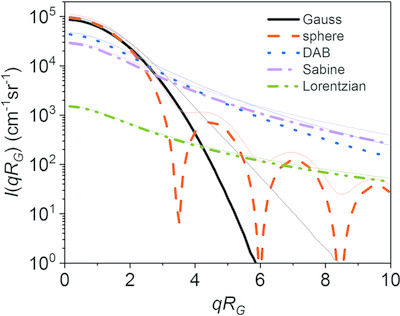
The means by which multiple scattering contributions in experimental small-angle scattering data can be estimated, and how they can be included in the data analysis, are reviewed and discussed. The multiple scattering effects for a range of relevant model scattering functions are calculated using semi-analytically derived solutions to Hankel transforms as well as Monte Carlo simulations.
Structure of crystallized particles in sputter-deposited amorphous germanium films
- Pages: 1467-1473
- First Published: 21 September 2018
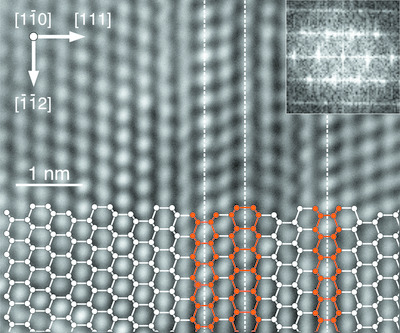
The structure of crystalline particles of submicrometre size formed in an amorphous thin-film matrix by electron irradiation has been re-analysed. It is found that the unusual diffraction patterns observed in earlier reports, which suggested a hexagonal structure, can be explained by the standard diamond cubic structure but with a complex microstructure: fine twins and dense stacking faults on {111} planes. High-resolution lattice images support this interpretation.
teaching and education
Crystal growth, a research-driven laboratory course
- Pages: 1474-1480
- First Published: 09 August 2018
Crystallographic shelves: space-group hierarchy explained
- Pages: 1481-1491
- First Published: 24 September 2018
computer programs
PDFgetN3: atomic pair distribution functions from neutron powder diffraction data using ad hoc corrections
- Pages: 1492-1497
- First Published: 09 August 2018
xINTERPDF: a graphical user interface for analyzing intermolecular pair distribution functions of organic compounds from X-ray total scattering data
- Pages: 1498-1499
- First Published: 21 September 2018
reductus: a stateless Python data reduction service with a browser front end
- Pages: 1500-1506
- First Published: 24 September 2018
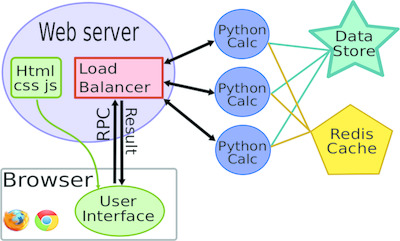
A web-based flexible scientific data reduction system is presented, which accesses published data stores and transforms raw measurements into interpretable data through data flow diagrams that are converted to advanced calculations on a Python 3 back end; the results are returned in real time through the web interface. The application was developed for handling neutron and X-ray reflectometry results at a user facility.
crystallographers
book reviews
The Scientific Method: Reflections from a Practitioner. By Massimiliano di Ventra. Oxford University Press, 2018. Pp. 128. Price GBP 13.99. ISBN 9780198825623.
- Pages: 1509-1510
- First Published: 11 August 2018




